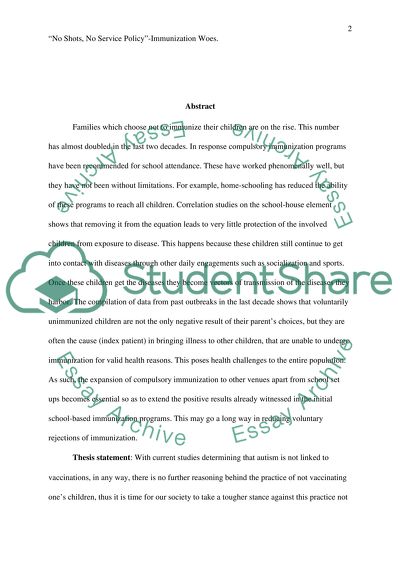Cite this document
(“No Shots, no Service Policy - Immunization Woes Research Paper”, n.d.)
No Shots, no Service Policy - Immunization Woes Research Paper. Retrieved from https://studentshare.org/health-sciences-medicine/1448489-adopting-a-no-shot-no-policy-disproving-the-link
No Shots, no Service Policy - Immunization Woes Research Paper. Retrieved from https://studentshare.org/health-sciences-medicine/1448489-adopting-a-no-shot-no-policy-disproving-the-link
(No Shots, No Service Policy - Immunization Woes Research Paper)
No Shots, No Service Policy - Immunization Woes Research Paper. https://studentshare.org/health-sciences-medicine/1448489-adopting-a-no-shot-no-policy-disproving-the-link.
No Shots, No Service Policy - Immunization Woes Research Paper. https://studentshare.org/health-sciences-medicine/1448489-adopting-a-no-shot-no-policy-disproving-the-link.
“No Shots, No Service Policy - Immunization Woes Research Paper”, n.d. https://studentshare.org/health-sciences-medicine/1448489-adopting-a-no-shot-no-policy-disproving-the-link.


